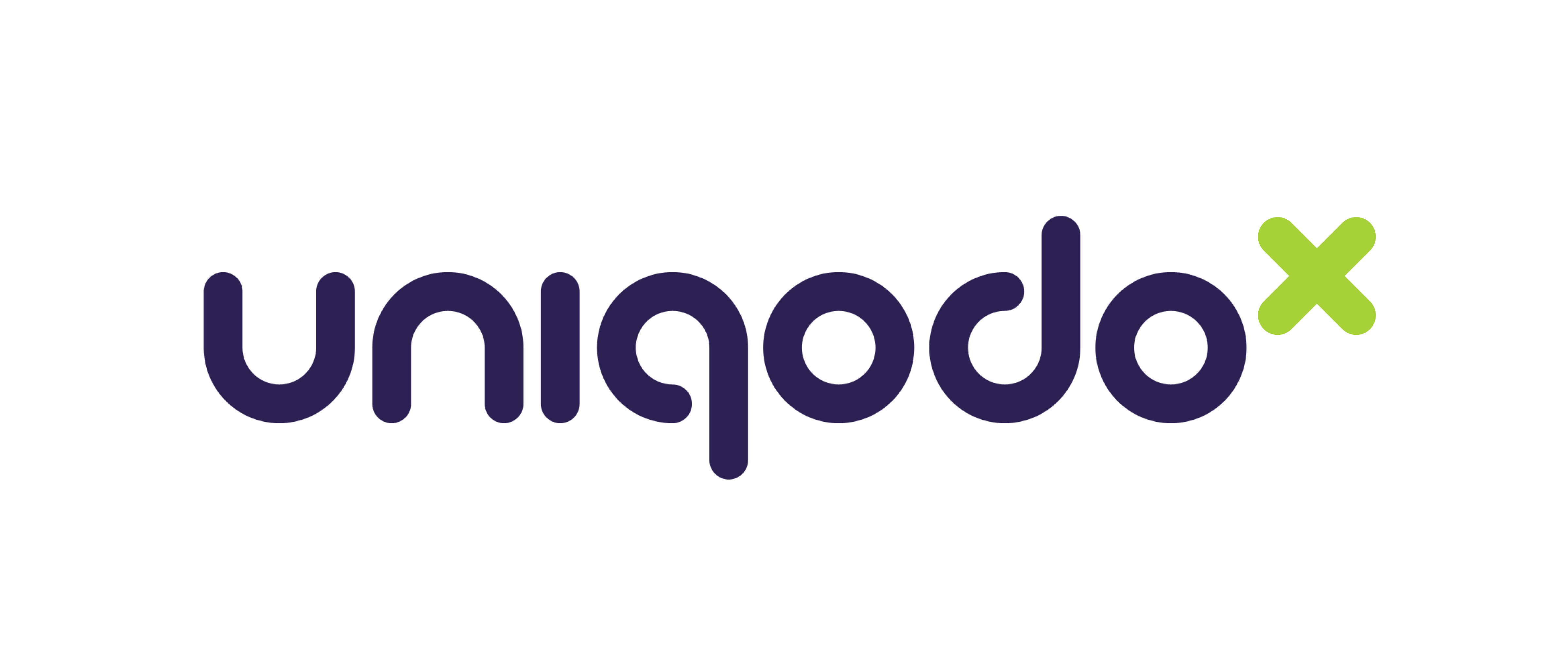Capturing customers attention in a competitive online marketplace can be difficult. That’s why understanding consumer buying habits, adapting to customers’ needs, and providing incentives are all key to increasing the chance of conversion — and in turn increasing revenue.
Here, we’ll look at a variety of strategies online businesses can implement to help incentivise customers to purchase with you and ensure targets are hit! Let’s get started.
Strategy #1: Implement customer segmentation
Customer segmentation is the targeting of specific audiences and customers based on needs, past purchases and their valued loyalty. In essence, it is a process of dividing customers into groups. Those groups have common characteristics which enable marketers to focus to get the best ROI on their targeting.
Specifically, in business-to-consumer marketing, businesses frequently segment customers by demographics such as age, gender, marital status, general location (rural, urban, etc.), and life stage category (single, married, retired, etc.). The bottom line is that segmentation allows marketers to target some groups — and ignore outliers — with offerings and promotions to get the best bang out of the marketing budget, and to best meet promotional targets.
Successful customer segmentation creates the right conditions to deliver incentive to buy, based on collected known data, as well as past purchases and browsing history.
Strategy #2: Assess new buying patterns and trends
As the market responds and customer habits continue to shift to increased online purchases, brands need to meld the past with the future to keep up with the challenges of the present. Modern marketing automation and customer tracking technology is out there to help with this.
So, customer segmentation, as previously discussed, leverages known customer data and past activity. We can leverage the present known business goals to incentivise new purchases by reacting quickly to customer onsite behaviour with dynamic sales incentives that:
-
Anticipate customer needs based on past purchases
-
Send the customer a promotion code based on what you think the customer will buy next
-
Take advantage of and encourage sales conversions while the customer is in the mood to buy
Then there is the singular advantage of knowing how your brand can be wedded to performance. Do your customers associate your brand with fast and no-questions-asked refunds? Do you offer flexible bookings and other revenue-generating services to your customers?
A “no” or “maybe” answer to either of those questions could be the reasons your brand is not performing well. Brand performance is simply the measure of your results against the goals you originally set.
Brands also need to be reacting to real-time, onsite behaviour to incentive sales dynamically. For example, anticipate customer needs — or based on seasonal purchasing — to give customers a promotion code based on what you think they’ll buy next. Providing free shipping while they browse through your site is also a great way to boost conversion and increase revenue overall.
Strategy #3: Offer exciting promotions
Providing promotions at the right time in the right place is only half the battle. You also need to be offering incentives that excite customers. Here are few examples:
-
Customer-driven incentives — as mentioned above, it’s about anticipating your customers’ needs and providing them with offers that will drive them to convert.
-
Product-level incentives — these incentives use trading, availability and category/SKU data to dynamically serve promotions on-site. It’s a great way to get good ROI on your promotional strategy.
-
Advanced codes — this covers the variety of advanced code promotions you can deliver, such as mystery discounts, time-based discounts, tiered validation and loyalty codes, etc. For instance:
-
Mystery codes conceal the discount amount until the customer enters the code at checkout and has items in their basket. This incentivises the customer to convert and complete the checkout, since they’ve already gone through the buying process and can also receive an exciting deal on top of that.
-
A free gift can also entice a customer to shop with you if you include a promotion code that adds the free gift at check out.
-
Limited-time discounts can incite FOMO — the fear of missing out — and encourage the buy to hit the “buy now” button before the offer goes away.
-
A basic eCommerce platform will struggle to deliver the kind of advanced promotions like the ones mentioned above. This is where a Promotion Management Platform like Uniqodo can help — it’s a promotion engine and activation solution platform all in one, which will help you control, deliver, validate and activate sophisticated promotions. It ensures you meet the targets you’re trying to reach with your promotional strategy — whether that is to increase brand awareness, gain new customers, increase average order size or order frequency. A Promotion Management Platform can make sure every step of your promotion process is optimised to make it easy for the customer to find your promotion on the right channel and help protect your business’ discount margins.
Key takeaways
It’s important to not offer your customers the same kinds of discounts — especially those who have greater customer lifetime value. Generic offers aren’t always motivating or relevant. By adding customer and product data to promotional validation, and by responding to real-time visitor search behaviour onsite, you can more easily target promotions and therefore drive conversions.
The effort comes full circle to delivering a better customer experience. That is the brand performance we were talking about above. It upholds your position on Promotion EX, which you can read more about here.
The bottom line is that you cannot deliver a great promotion experience. It’s important to see how effective your campaigns are. A Promotions Management Platform can also provide reporting capabilities to help with this. You can then analyse, adjust and monitor campaigns and continue to deliver promotions that your customers want and gain the increased revenue you need.





Subscribe to the Blog